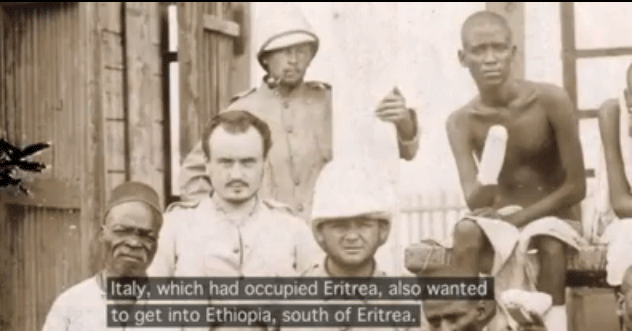
"Thereafter," concludes Erlich, "his friends and the people of Mannawe nicknamed him Ras Alula." "To the Castle of Ras Alula Wadi Qubi," they mockingly replied. Haggai Erlich relates a story about Alula's childhood - "well known throughout Tigray": a group of people carrying baskets of bread to a wedding ceremony were stopped by a group of children led by the future Ras, who demanded to know where they were going. The Mahdist defeat in Kufit was also a major cause for the ţalifa ’s decision of late 1885 (or early 1886) to declare a holy war ( gihad ) against Ethiopia, a step that would eventually lead to Yohannés’s demise and to Ethiopia’s loss of Eritrea to the Italians.Alula was born in Mennawe, a village in Tembien, 15 miles south of Abiy Addi, the son of Engda Eqube, a farmer of modest origins. Its drawback was, however, that ras Alula’s attention was diverted to the west, allowing the Italians to solidify their hold in and from Massawa. The battle of Kufit was an Ethiopian success in stemming the Mahdist drive into Eritrea. He would return to that area a year later, resorting to atrocities against the Nara and the Kunama in order to maintain this buffer zone. Instead he decided to ensure only the loyalty of the tribes of western Eritrea and returned triumphantly to Asmära. Utman Diqna himself escaped but Alula, his men exhausted, did not advance on Kassala.

The Mahdists were slaughtered, estimates ran between 3,000 to 5,500 killed. The day ended with some 1,500 Ethiopians dead, including most of Alula’s commanders. When Alula arrived, he outflanked the Mahdists and forced them to leave their fortifications and storm his main force. Alula’s lieutenant blatta Gäbru was killed in the first assault. On 23 September Utman Diqna’s force (reports ran between 6,000 to 12,000) took up position at Kufit and was attacked by ras Alula’s army of 10,000 to 25,000. The latter was ordered by the Mahdist ţalifa Abdullahi at- Taaiši to “leave the Ethiopians” and turn else- where, but the written message arrived too late. Meanwhile he was already exchanging provocative messages with the Mahdists and Utman Diqna.

Though in August the garrison in Kassala surrendered, ras Alula Éngéda was not informed. While Alula was wavering where to turn, the British did their best to divert him away from the Italians into fighting the Mahdists and relieving the Egyptians. However, in February 1885 the Italians, to the Ethiopians’ surprise, landed in Massawa and were preparing to encroach inland. Ras Alula Éngéda, who in late 1884 began building his administration in the Märäb Méllaš around his new capital of smära, was expected by ase Yohannés IV to march on Kassala. The Mahdists also spread their influence among various Eritrean tribes in the Sudanese–Eritrean lowlands as Utman Diqna aimed at controlling the route down to the Red Sea and Massawa. Abi Bakr Diqna, had laid siege to the Egyptian garrison of Kassala, which the Ethiopians under the 1884 Hewett Treaty were committed to rescue (cp. The commander ( amir ) of the Mahdiya in north eastern Sudan, Utman b. On 23 September 1885 a decisive battle between a Mahdiya force (Mahdists) and an Ethiopian army took place at Kufit, half way between Asmära and Kassala (for location s.


 0 kommentar(er)
0 kommentar(er)
